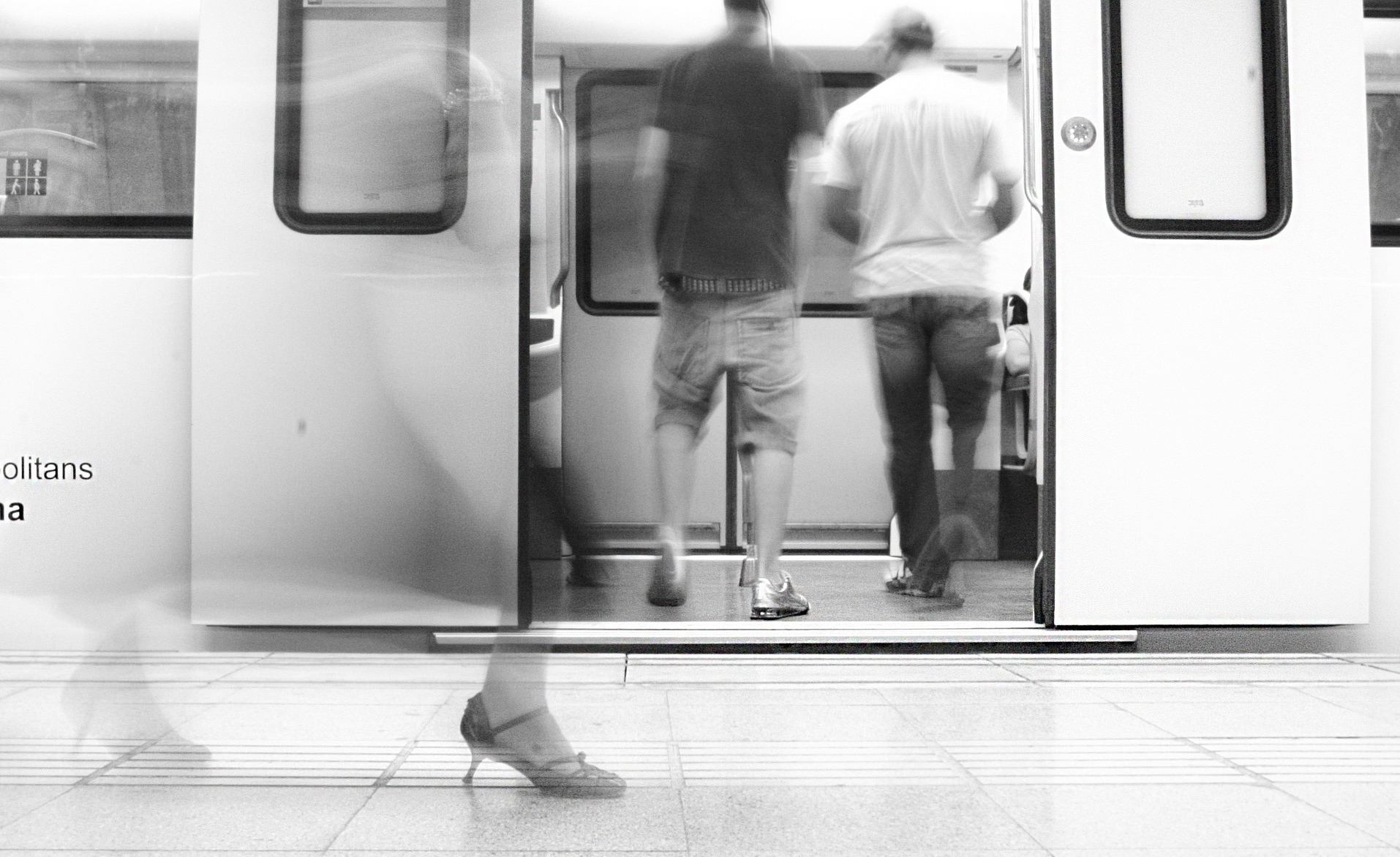What relevance matchmoving has for live action material.
Matchmoving, also known as motion tracking, is important for any VFX artist to understand to create beautiful videos about 3D configurators. Without them, there would be no way to integrate 3D data into live action material. With the advances in software and the machines they run on, matchmoving has become more affordable and faster.
This article will help you get a better understanding of matchmoving, and we want to explain why matchmoving is so important for you as a VFX artist.

VFX is basically the integration of 3D elements into real images. For example Hulk in the Avengers or Optimus Prime in Transformers.
To do just that and look as if these 3D models live next to the actors, you need a virtual camera that moves just like the camera in live action mode. This movement ensures that everything that is played back in 3D is always from the same angles as the live action material. This process of matching the motion of the live action footage with a virtual camera is called matchmoving as you try to match the camera’s motion.
There are several applications with matchmoving functions. These programs use a tracking algorithm to capture the specific products of the real footage that an artist has identified and track them through multiple frames. Typically, these areas are selected by the contrast between different areas. This contrast makes it much easier for the motion tracking algorithm to create accurate tracking information. When an area is tracked, it evolves into two-dimensional coordinates. These coordinates represent the position of the object or feature across multiple frames.
Matchmoving is used in many media, including movies and television. You can even see how it is used during the live broadcast. For example, the first down line in football that the viewer sees on his TV is a computer-generated line that is not really present on the field.
There are two different forms of matchmoving, 2D and 3D. Two-dimensional matchmoving tracks only features in 2D space and does not take into account camera movement and distortion. This can be used to replace the image on a TV or to change the advertising on a billboard in live action material. Three-dimensional matchmoving makes it possible to interpolate 3D information from 2D material. You can then use the generated information and a 3D animation application to create a virtual camera.
As technology advances, many production studios are using what is known as real-time matchmoving, which is widely used in the film industry. It gives the director a real-time view of what the final result will look like. This includes the 3D elements to be included in the post production. Of course, this representation is not entirely correct, but it gives the director and actors an insight into what it will look like. Actors often work in greenscreen studios and this view allows them to see certain extensions or CG characters right after the shot. For example, if Bumblebee interacted with the actors in Transformers, they have to imagine where Bumblebee would be in the final mix.
Study her footage.
Before you set your tracking points, you should play the footage many times to get a feel for what will happen and how the footage will move. You also need to look for features that are relatively consistent throughout the footage. The things you should avoid when tracking are heavily shaded areas or brightly lit areas and places where the lighting changes. This can make it very difficult for the application to determine which area actually needs to be tracked.
Create tracking markers.
In a more complex matchmoving project, it is often best to integrate a kind of tracking marker. These can be simple markers placed in the material. It is especially important that these tracking points are not deformable for object tracking. For example, creating a CG robot arm instead of one of the actor’s arms. These tracking features should be placed based on the material and they should be hidden by the effect or placed where it is easy to delete them during compositing. It’s also a good idea to have these markers in a lighter color so that it’s easy for the computer to track.
This should give you a first understanding of matchmoving. If you have any questions or suggestions, please contact us via our forum.
Thank you very much for your visit.